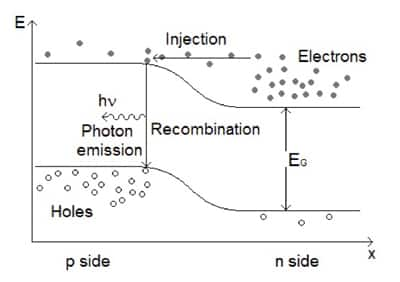I have two xr30s I bought used. Tank is 180 so 23” deep. At 100% power with Blues at 100% white at 75% and green/red at 25% I am getting 170 PAR 8” from surface and 40s at bottom. Could diodes be bad?
I also have a glass top on tank.
wish I had rented meter sooner- I have been running at 60% to date so less than 50 par at top!
I also have a glass top on tank.
wish I had rented meter sooner- I have been running at 60% to date so less than 50 par at top!

















